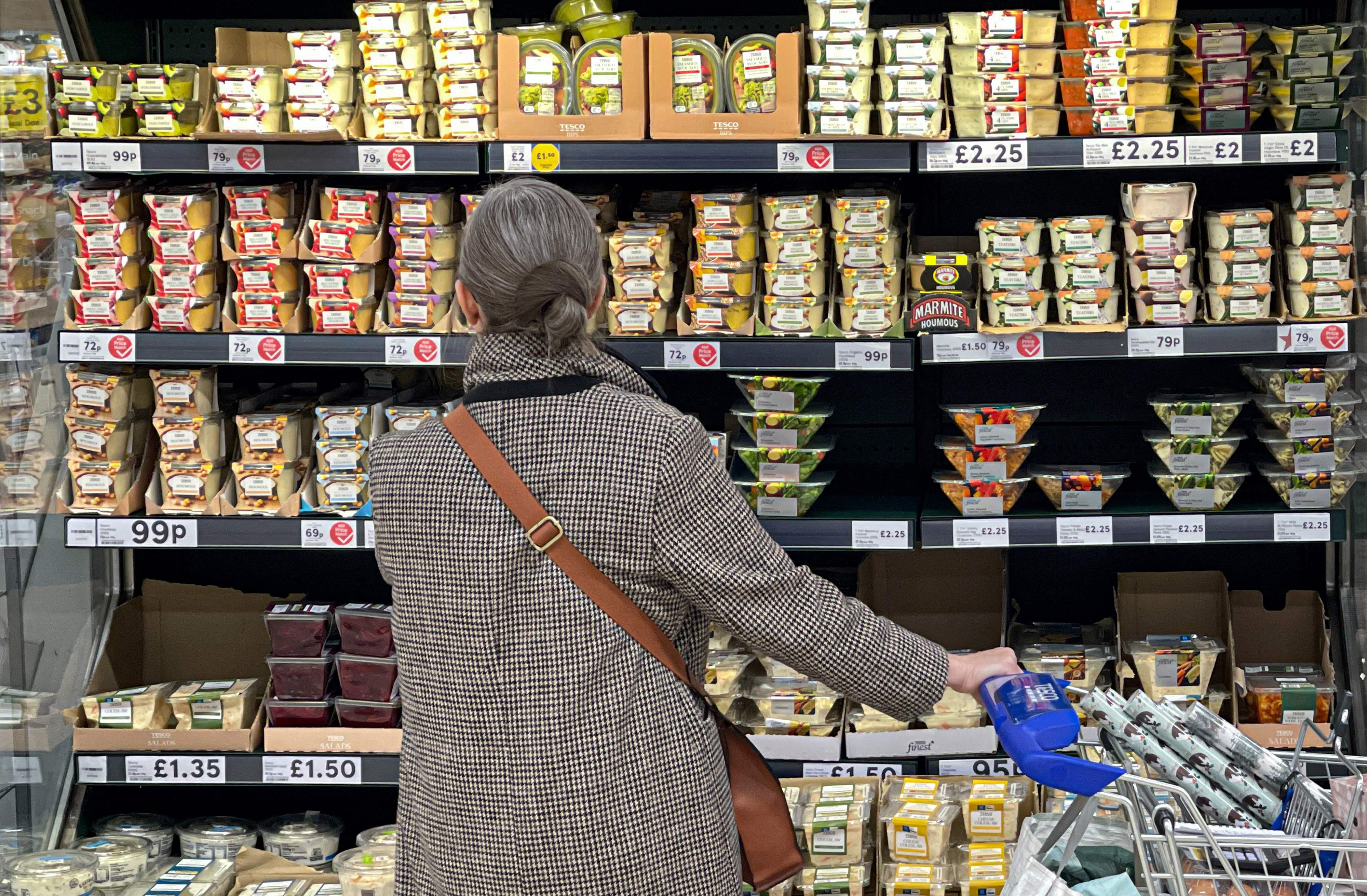Tesco will emerge stronger from the cost of living crisis but shoppers are not so lucky
Its profits will take a hit but Tesco can weather a storm that threatens to blow over its customers, says James Moore


Set aside the grim economic backdrop for a moment and Tesco’s full year results paint a picture of a slick machine; a high-end electric car with a fully-charged battery.
But even a machine as powerful as this one can’t escape that backdrop. Tesco’s business puts it at the sharp end of the cost of living crisis and the surge in inflation that is causing it.
It faces across-the-board cost pressures; from suppliers, from the need to increase the pay of its low-waged staff, from the sharp increase in fuel and energy prices.
Its full-year numbers were put out on the same day as the Office for National Statistics released the latest inflation rate, which underlined just how tough the next 12 months are going to be for the retail sector.
The Consumer Prices Index jumped by 7 per cent, a number not seen since April 1992.
That was when Sir John Major carried the governing Tories to a surprise election victory, Manchester United’s greatest rivals at the top of the Premier League were Aston Villa, Norwich and Blackburn Rovers, and Shakespears Sister sat atop the pop charts with “Stay”. Unfortunately, that is exactly what inflation is going to do for an uncomfortably long spell of time.
The Bank of England fears the peak, expected later this year, will come in close to 10 per cent. Some external forecasters think it will go higher.
Consumer-facing businesses such as Tesco face a tough 12 months as a result. The group more than doubled pre-tax profit profits, increased its already formidable market share, improved its cashflow, cut its net debt and increased its dividend by nearly a fifth over the last year. But for all that, it couldn’t find any friends on the market. Nor could rival Sainsbury’s.
Investors looked at the outlook and shuddered. Profits are expected to be quite a bit lower next year and the £200m gap between its upper and lower forecast is wider than is typical for a company that usually micromanages market expectations.
This reflects the fact that it isn’t easy to predict how shoppers will respond to their own cost pressures. One would expect to see an increase in trading down to cheaper, and thus lower margin products. One would also expect to see a reduction in spending on treats – fancy bottles of wine, biscuits, premium ready meals. But to what extent is unclear.
The most chilling takeaway from all the inflation figure is obviously the inevitable rise in the number of people left to decide whether to heat or to eat as a result of it. But a much larger number of people will be forced into lower tiers when it comes to disposable income because wages aren’t rising to match.
This is a problem for the entire retail sector. Those selling clothing, consumer electronics, toys, you name it, they will all be affected to some extent.
Where the market has, perhaps, missed a trick with Tesco is that it is in a far better position than most to manage this challenging business environment.
The group says it has already extended its Aldi “price match” to 650 product lines, blunting (to some extent) the latter’s argument that if you want those prices you should shop at Aldi because they’re low across the board.
The group’s clothing ranges are similarly designed for those on a budget. Tesco is also battle-tested when it comes to managing difficult economic periods.
So investors take note: if its capable management proves adept at handling the current turmoil, and there is every reason to expect that it will, Tesco group’s long-term hand will be strengthened.
The pity is that the same cannot be said of its customer base, but that one is on the now criminally disgraced chancellor, Rishi Sunak.






Join our commenting forum
Join thought-provoking conversations, follow other Independent readers and see their replies
Comments